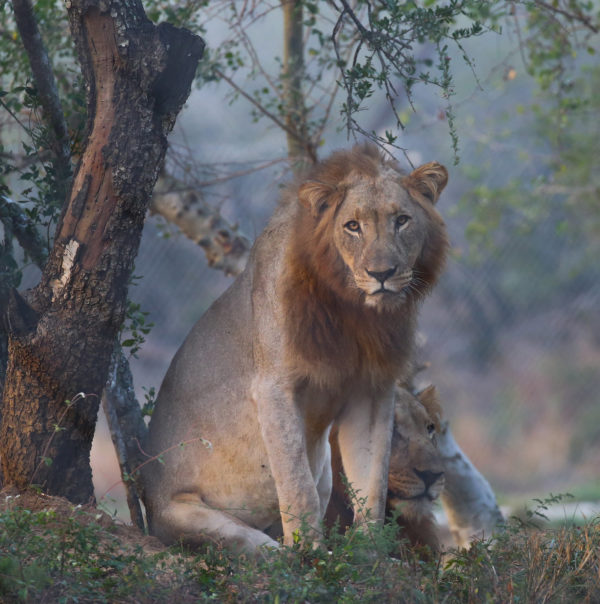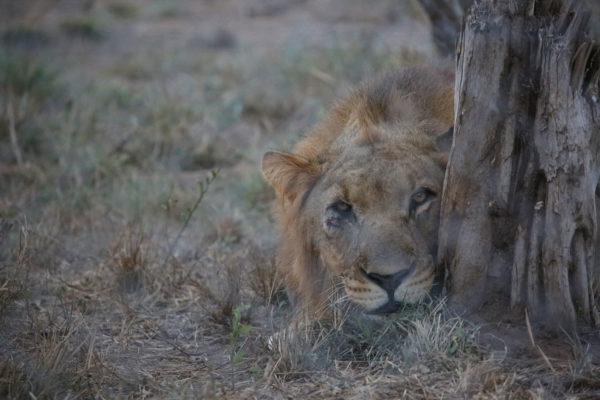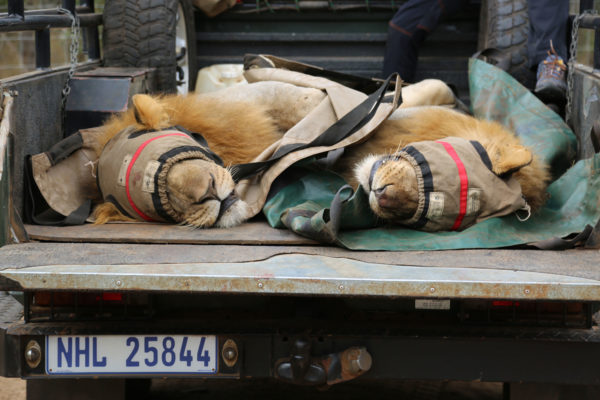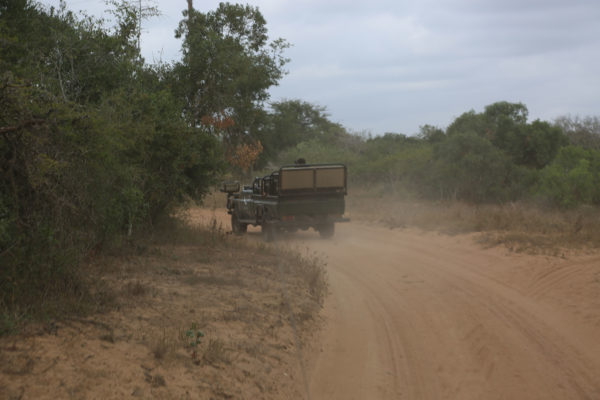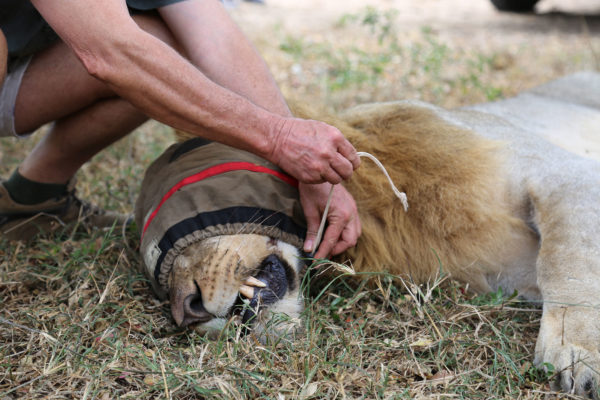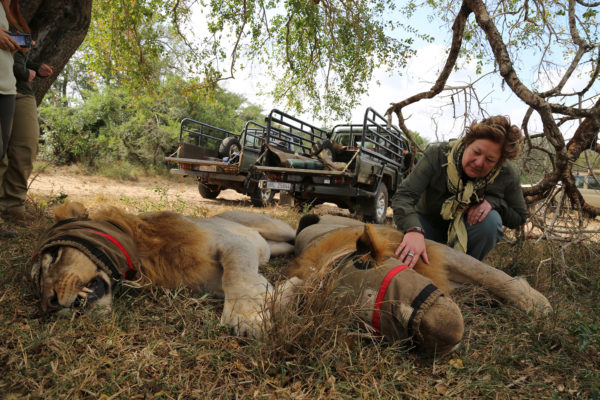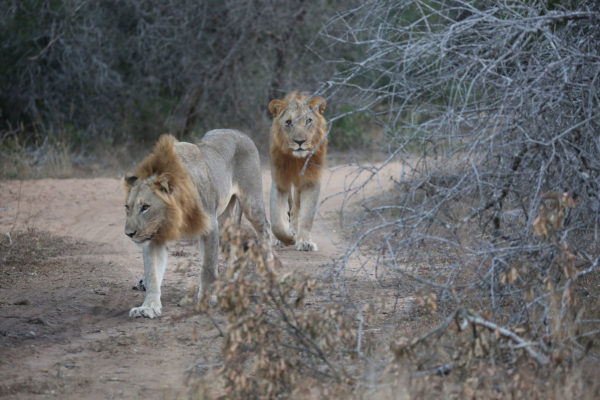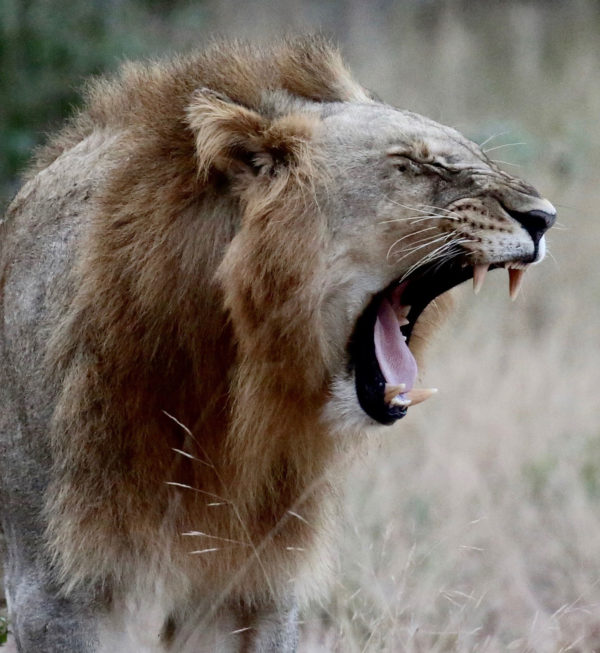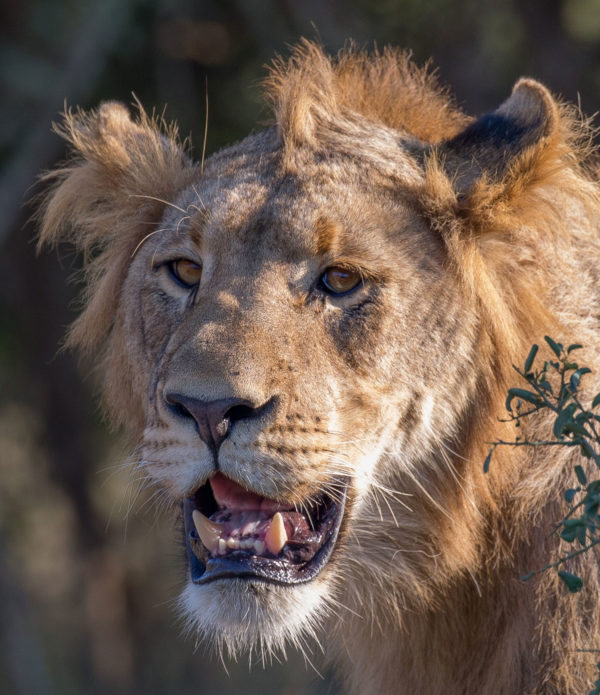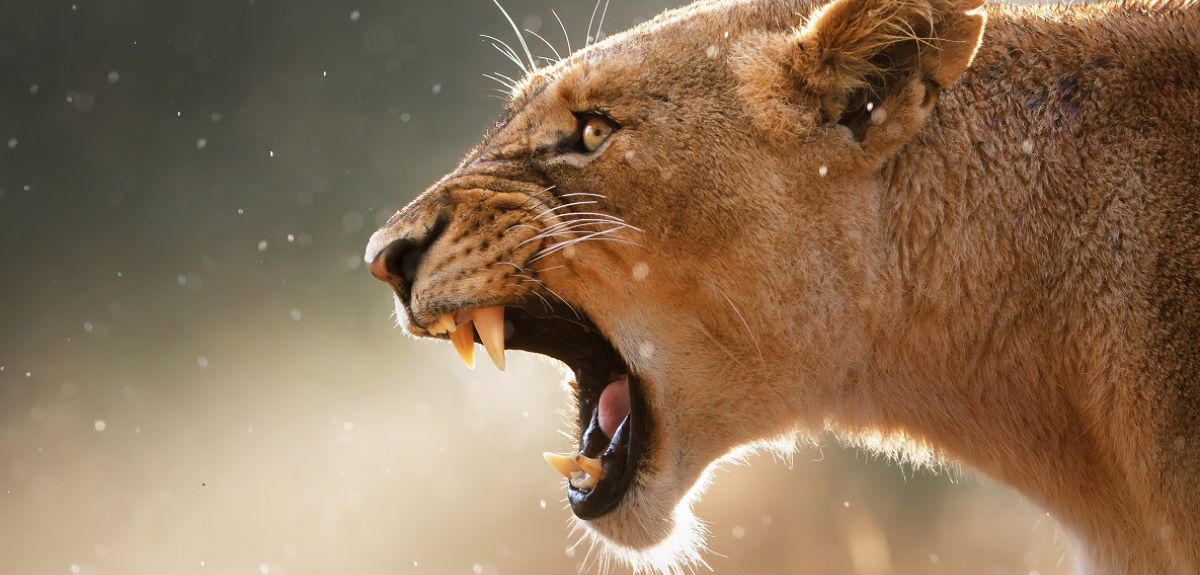Lion Conservation
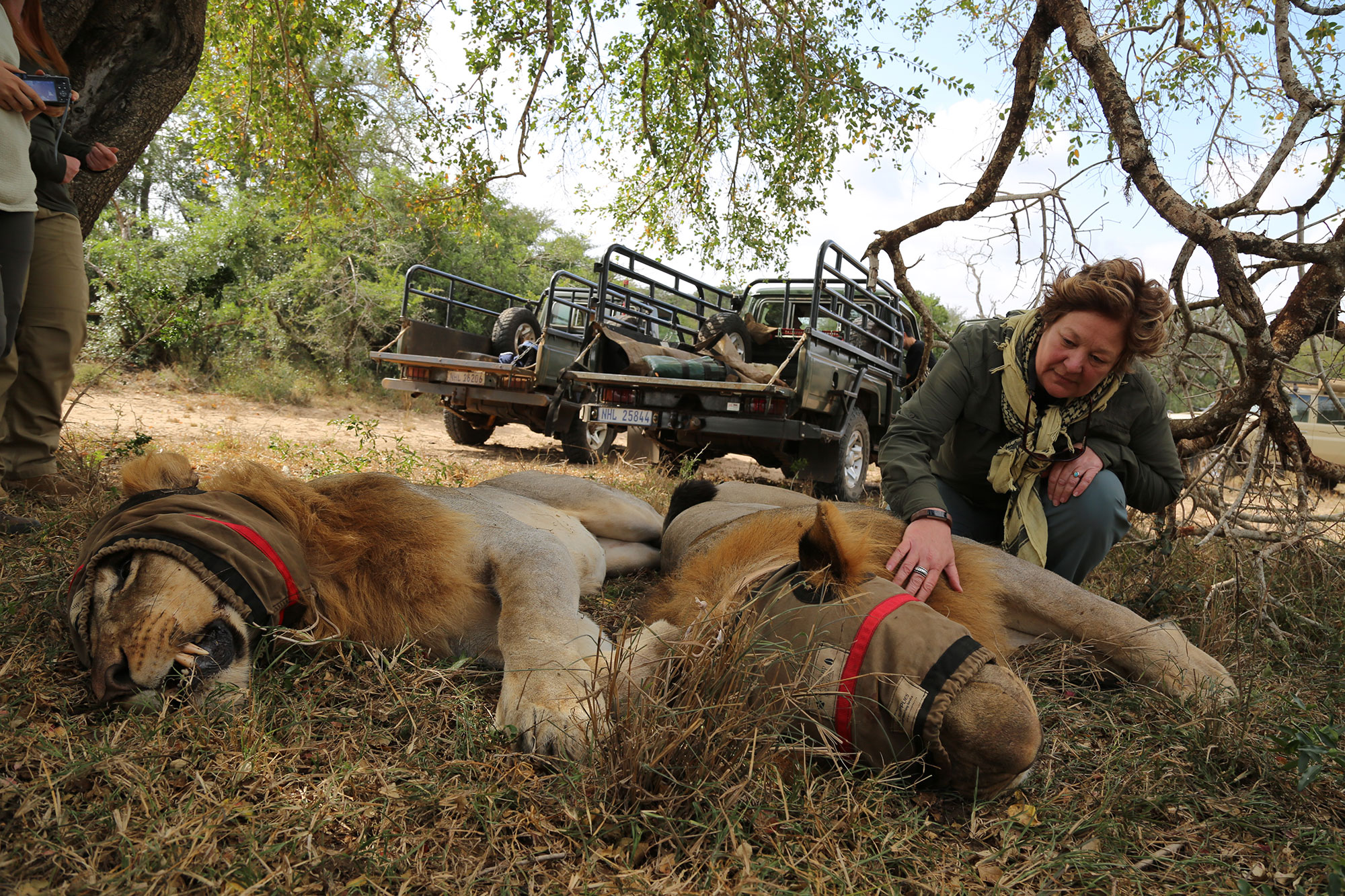
Lion Conservation
Lion Conservation at Phinda
These 2 lion brothers are being released into their new wild home at Phinda reserve in South Africa. In a closed (fenced) reserve, as is this reserve of 70,000_+ acres, conservation management is vitally important and includes making sure there is DNA diversity among the different priority species. Priority species are: Lions, Leopard, Cheetah, Elephant, and Rhino.
These 2 brothers will bring new DNA into the reserve and a new pride will be formed. As of now, Phinda has 3 prides of lions.Recent acquisition of new land bordering Phinda Reserve allows the removal of fences at the boundary allowing the reserve to support 4 prides. When populations reach the maximum number that the habitat can support, lions will begin to fight for territory. Close monitoring and translocation of lions are important ongoing conservation work in any closed reserve. Phinda is uniquely known for being a leader in successful DNA collection data and thorough health histories on its wildlife. Phinda is often sought out by other reserves across the country and continent to provide lions and other wildlife in order to re- populate reserves and to address diversify in populations.
Phinda gifted 3 female and 2 male lions to Rwanda in 2015 and in 2016 the first lions cubs were born in Rwanda in 20 years.
Lion Conservation at Phinda
These 2 lion brothers are being released into their new wild home at Phinda reserve in South Africa. In a closed (fenced) reserve, as is this reserve of 70,000_+ acres, conservation management is vitally important and includes making sure there is DNA diversity among the different priority species. Priority species are: Lions, Leopard, Cheetah, Elephant, and Rhino.
These 2 brothers will bring new DNA into the reserve and a new pride will be formed. As of now, Phinda has 3 prides of lions.Recent acquisition of new land bordering Phinda Reserve allows the removal of fences at the boundary allowing the reserve to support 4 prides. When populations reach the maximum number that the habitat can support, lions will begin to fight for territory. Close monitoring and translocation of lions are important ongoing conservation work in any closed reserve. Phinda is uniquely known for being a leader in successful DNA collection data and thorough health histories on its wildlife. Phinda is often sought out by other reserves across the country and continent to provide lions and other wildlife in order to re- populate reserves and to address diversify in populations.
Phinda gifted 3 female and 2 male lions to Rwanda in 2015 and in 2016 the first lions cubs were born in Rwanda in 20 years.
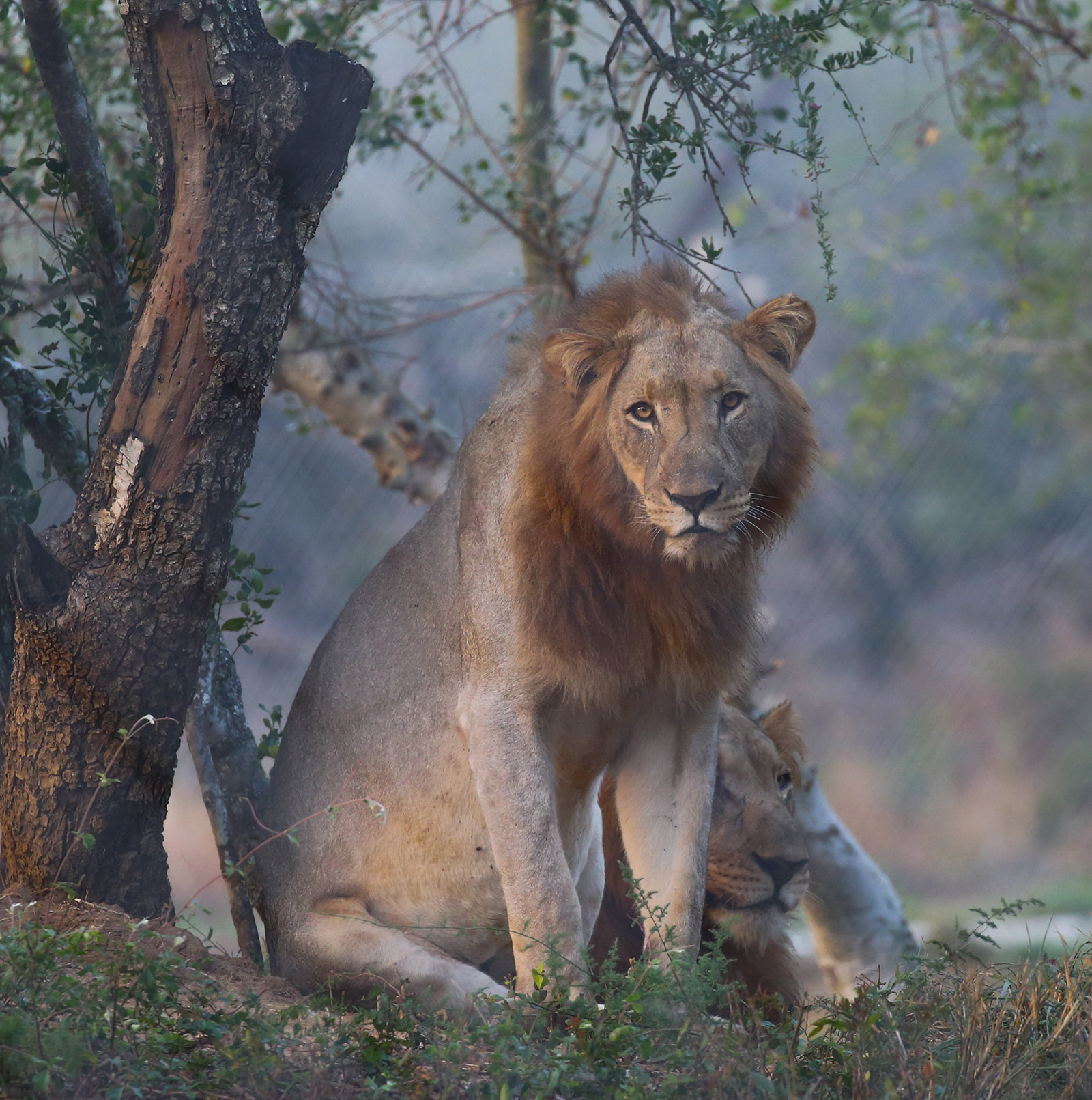
When translocation Lions into the Reserve they are first placed in what is called a Boma. An outside fenced area within the reserve and near where they will be released. This allows the Lions to get acclimated to new surroundings and to be monitored for any concerns.
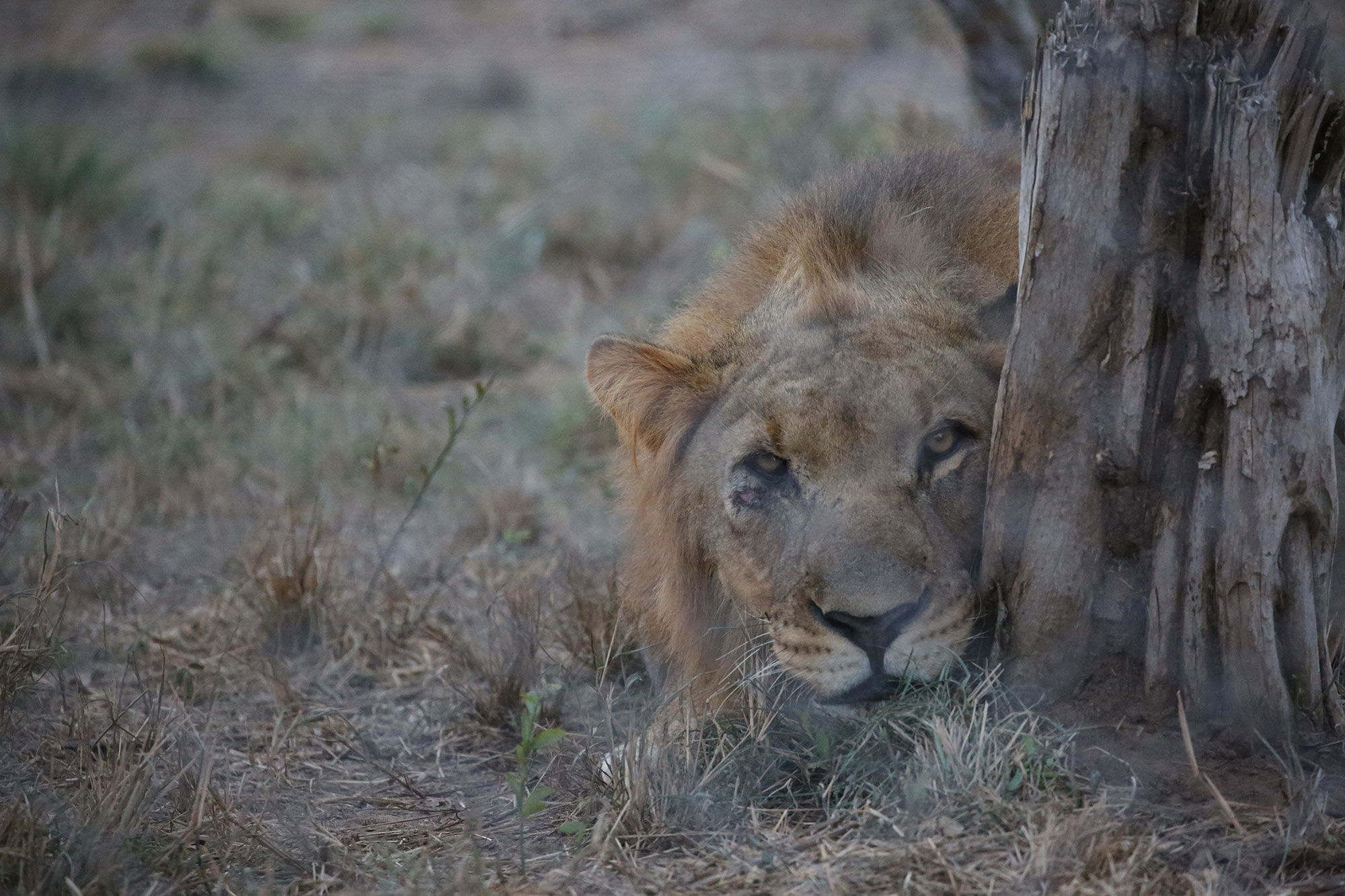
In this case they will also get habituated to vehicles driving around the enclosure so that they are comfortable with tourists in jeeps coming nearby, hearing voices, and camera clicks. This took about 2-4 weeks with these brothers.
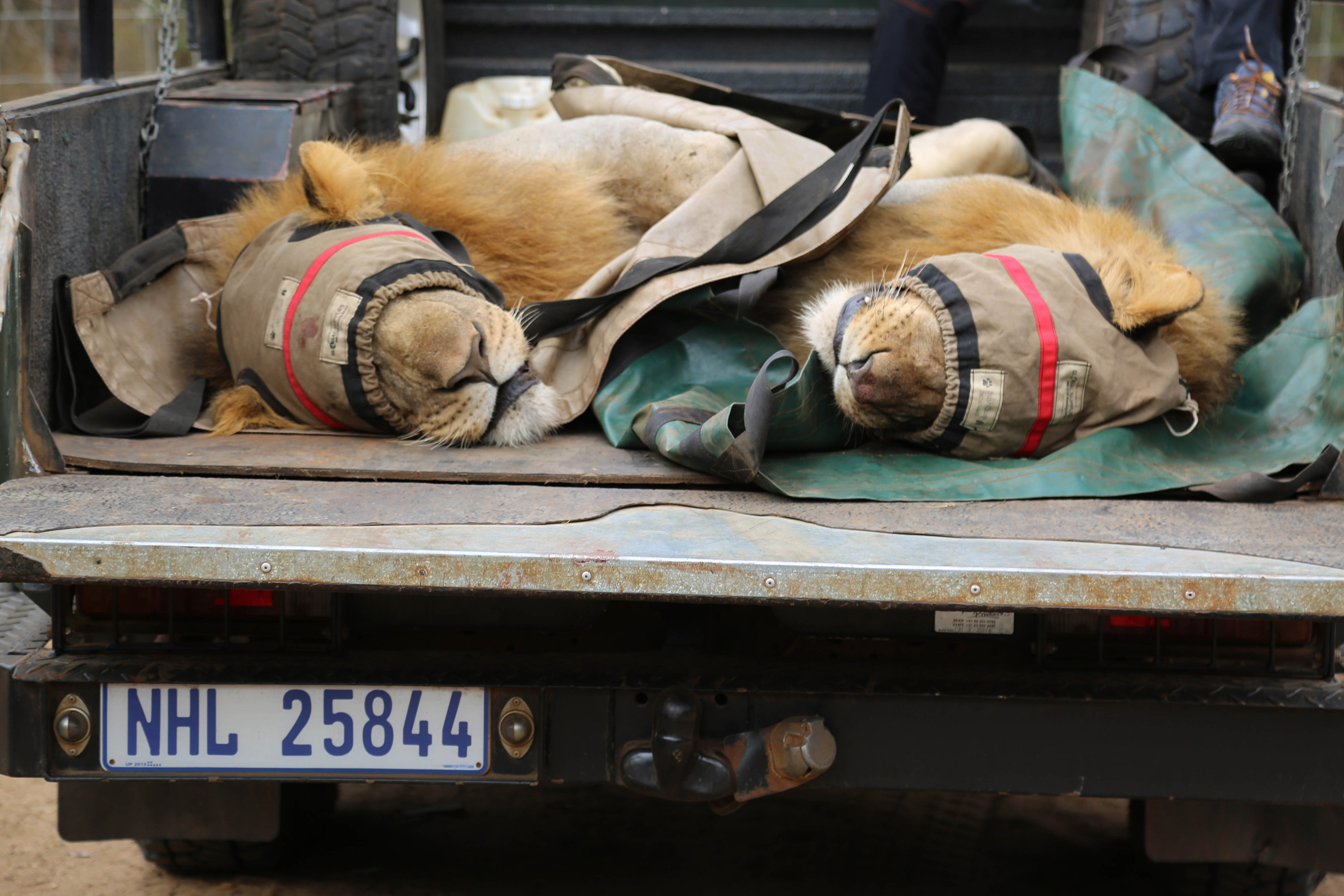
Once ready to be released into the reserve, they are sedated inside the boma and loaded into vehicle to take them to a spot where food will be readily available upon waking as well as an immediate water source. Eyes are covered to keep them calm.
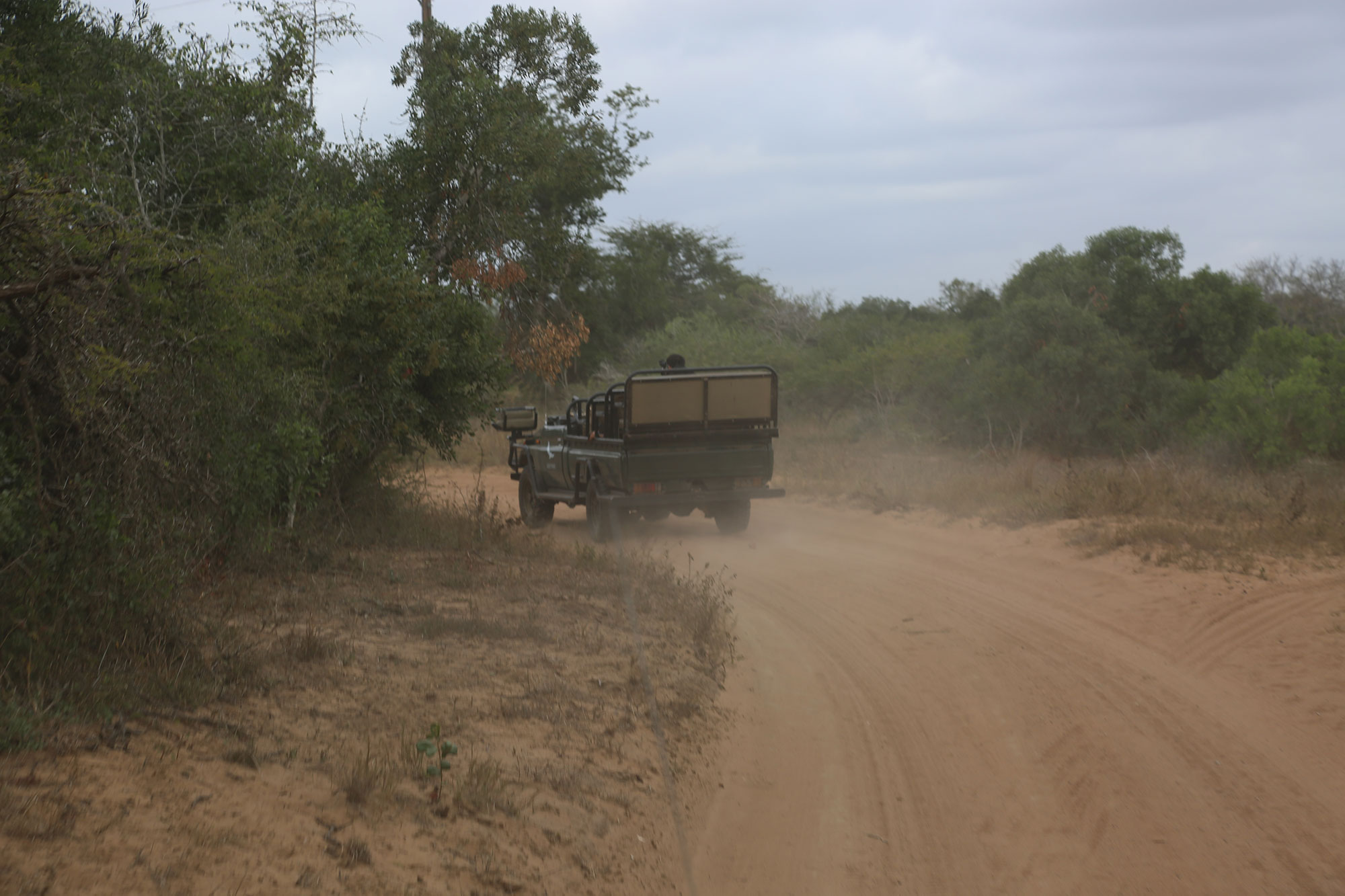
The team follows the lions as quickly as possible to the site of release. Lions will be coming out of sedation soon.
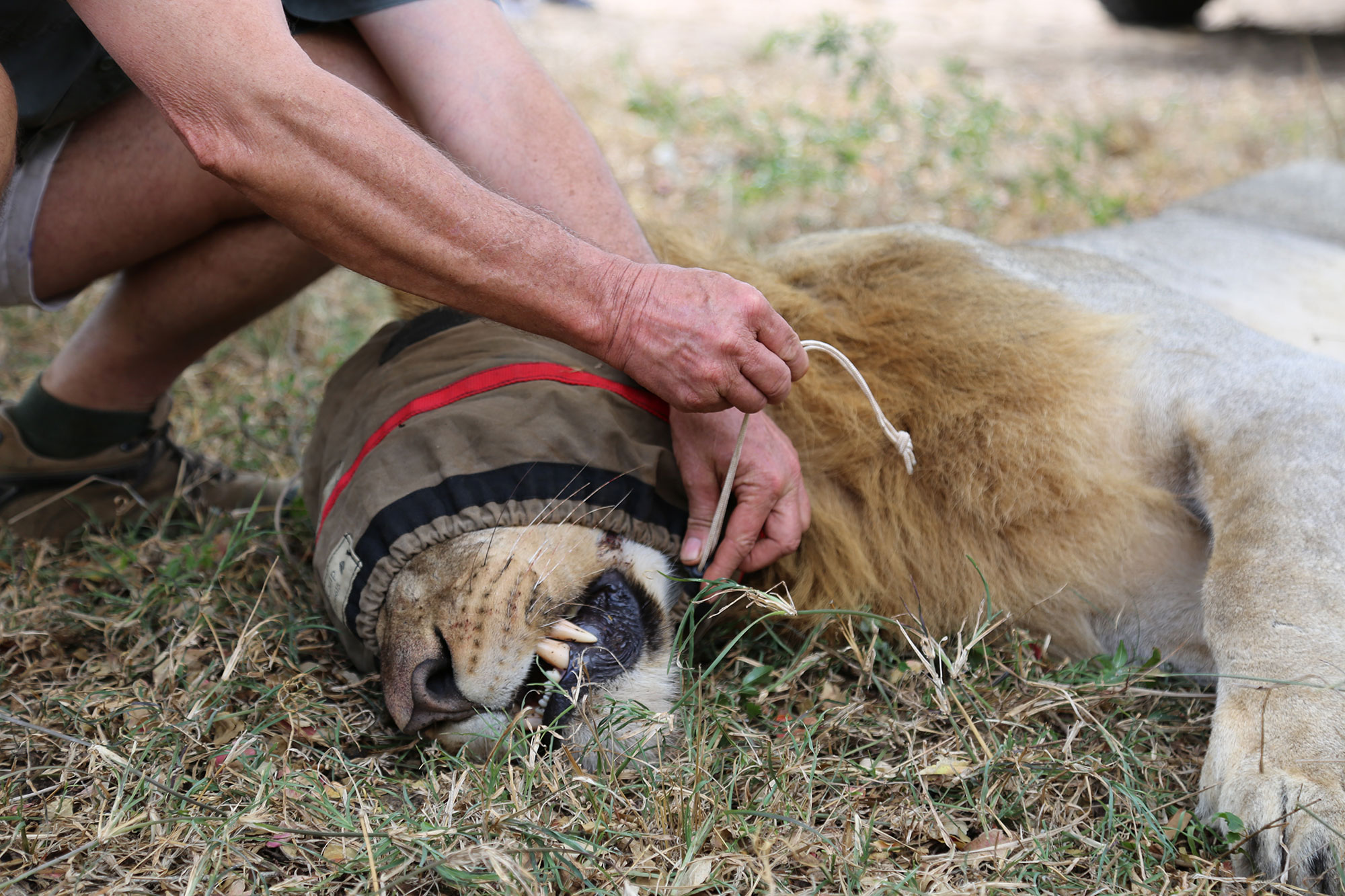
The eye protectors are removed as lions will be coming out of sedation.

Lions are placed in a safe space for them to come out of sedation. They are in the shade. Just a few feet away is an antelope carcus so there is something to eat and a water hole also very close. Immediate food and water limits stress as they habituate from sedation.

Here you see the lion carrying carcas away to a safer space to eat.

The 2 brothers are tracked consistently for first few hours.Here they are spotted after moving into more brush. It is a good sign they are not disappearing into thick wooded area as it means they are comfortable.
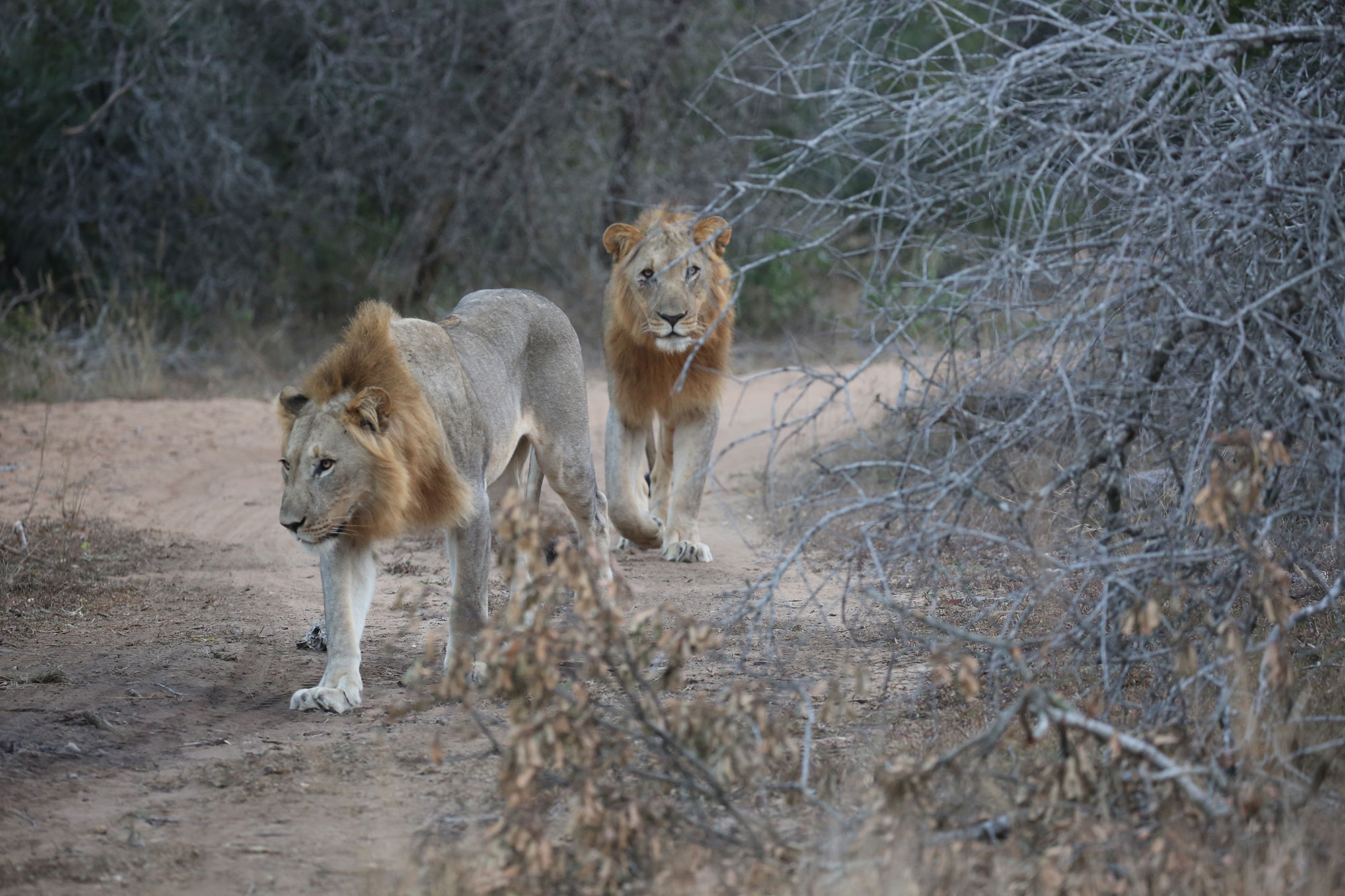
We find them over the next couple of days staying in this territory where they were released. The team hoped they would stay but there is not way to make them stay in this part of reserve. The plan for them to stay in this area is that the previous pride male has died due to illness and so a new pride male or 2 are needed.
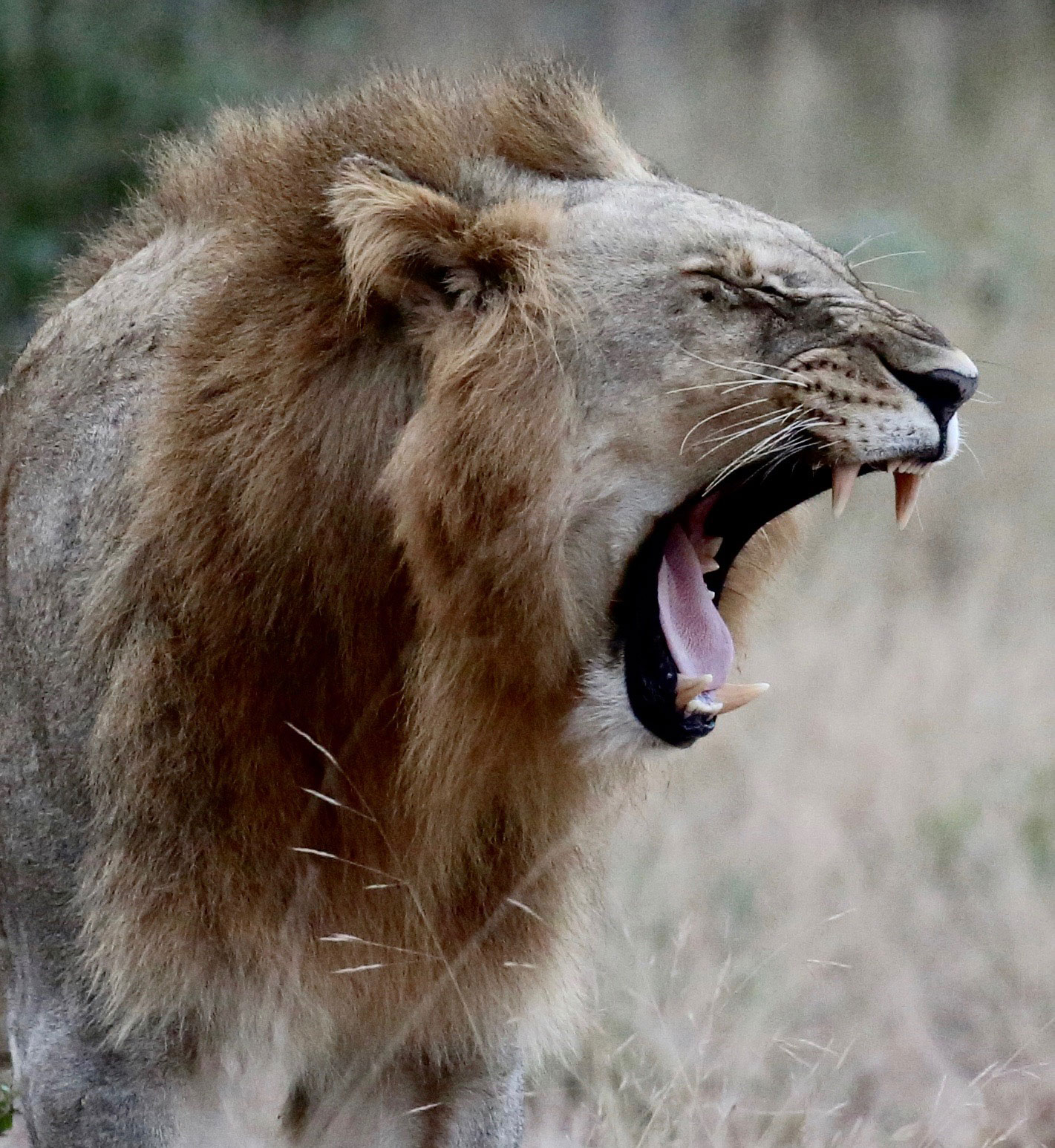
Looks ferocious however this is a yawn. Both brothers are looking very good.

His brother also looking good. They are both about 4-5 years old. Young but ready to become pride males. You see the mohawk type mane will grown into a full mane as he gets to full adulthood.
Latest Updates on Lion Conservation
Scientists discover the unique signature of a lion’s roar using machine learning
From the University of Oxford:
“The roar of a lion is one of the most thrilling and captivating sounds of the wild. This characteristic call is typically delivered in a bout consisting of one or two soft moans followed by several loud, full-throated roars and a terminating sequence of grunts. A team of scientists based in WildCRU at the University of Oxford, well-known for their research involving Cecil the Lion, has teamed up with colleagues in the Department of Computer Science to discover the precise ways in which each lion’s roar is distinct, identifiable and trackable.”


